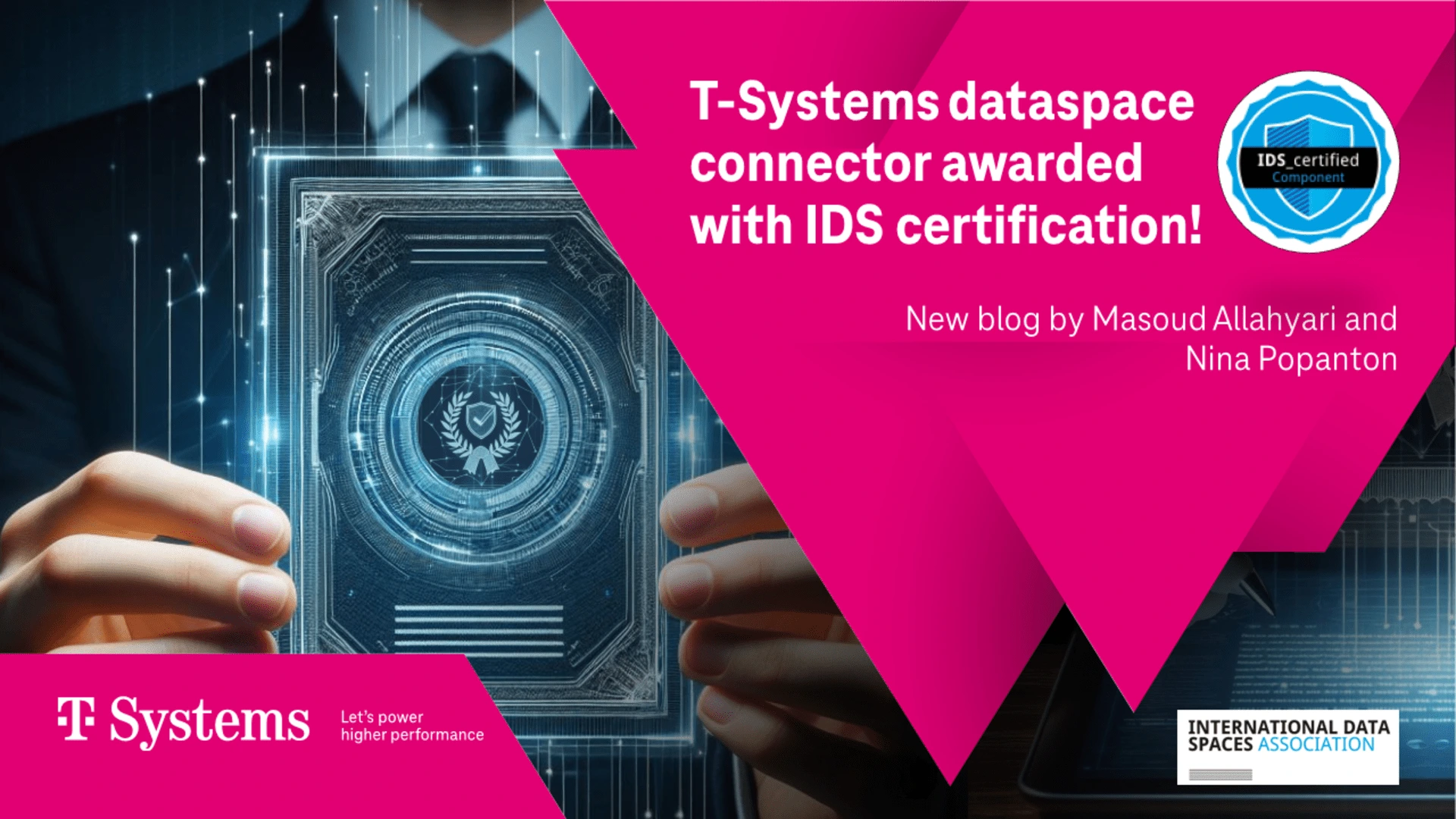In the first part of the blog Data Marketplace – trading with data it was clarified what a data marketplace is, its components and functions. This part of the blog focusses on the relevance of the topic and the added value of a data marketplace.
The individual institutions of the economy are endeavoring to collect more and more data in order to derive value from it. The challenge for them is to capture the full potential of the data. The enterprises have difficulties to make the accumulating data strategically usable, because they lack in practical methods. The biggest challenges of the economic world in the context of digitization was also a topic in an interview I did with Netzwirtschaft.
Especially in the Internet of Things (IoT) environment, it is observed that companies currently do not exhaust most of the IoT data they collect according to McKinsey. One example shows that an oil platform with 30,000 sensors uses only 1 percent of the collected data. You might wonder why? It is quite simple: the sensor system of the oil pump platform is primarily only directed to detect faults and to control the sequence. For example, the collected information could also be used for predictions or sold to third parties via data marketplaces.
Providing the information for a data marketplace and exchanging is a key in leveraging the full potential of data from IoT applications. Thus, McKinsey estimates that interconnected and intelligent devices will have a total market potential of $ 3.9 billion to $ 11.1 billion per year by 2025. In addition, a growing number of companies recognize the exchange of data as an important business model. Accordingly, two out of three medium-sized and large companies operate such exchanges outside their company boundaries.
Looking at the market, there are already some data marketplaces, as new ecosystems for the data exchange. For example, the Big Data Exchange Platform (BDEX) is a good example for a data marketplace. It is the first of its kind and was founded in 2014 in the USA and has 5500 data categories.
An example specifically for IoT is the car data volume of otonomo. Here, automotive manufacturers, service providers and application developers can safely exchange and deal with the data generated by the cars. The goal is a better connected car experience. Thus, vehicle data parameters can be packaged and transmitted in data bundles, while maintaining specific rules for privacy, security, and more.
Another initiative is the Industrial Dataspace, which is designed to create the framework for a digital networked economy and a virtual dataspace. It supports the secure exchange and easy linking of data based on standards. You can read more on this blog.
It is no wonder that data marketplaces are increasingly taking the interest of companies and gaining in relevance as they offer a wealth of added value for the economy. In general, a data marketplace can contribute to the construction of an ecosystem by the interlacing of the individual authorities, whereby the market-place provider can increase the relevance of their own platforms. In addition, the marketplace opens new possibilities for monetization and is a central point of entry for the participants, in order to find needed data faster and more structured. In addition, interoperability can be created through the marketplace, which supports cross-sectoral applications.
It remains to be seen how the data marketplaces continue to evolve – but one thing is certain: unrestricted access to relevant data will become increasingly important in the future and data marketplaces can play a decisive role in this context.






















